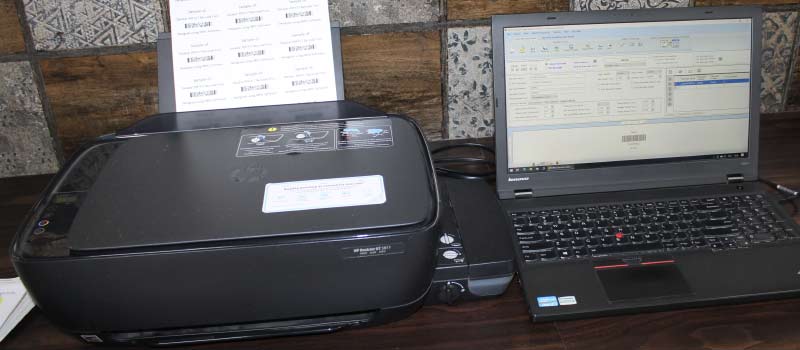Features to Look in a Barcode Printer
When looking for a barcode printer, here are some features you may want to consider:
1 Print quality
Look for a printer that produces high-quality, crisp barcodes that are easy to scan and
read, even at small sizes.
2 Print speed
Consider the printer's speed and throughput, especially if you need to print large
volumes of barcodes quickly and efficiently.
3 Connectivity
Check whether the printer supports the connectivity options you need, such as USB,
Ethernet, Wi-Fi, or Bluetooth, and whether it can be easily integrated with your existing systems
and software.
4 Print resolution
Look for a printer with a high print resolution, which determines the level of detail
and clarity of the barcodes, and whether it meets the minimum requirements for your application.
5 Media handling
Consider the printer's media handling capabilities, such as the maximum print width,
media thickness, and roll diameter, and whether it can handle different types of media, such as
labels, tags, or tickets.
6 Durability and reliability
Look for a printer that is durable and reliable, with a robust design and construction
that can withstand frequent use and harsh environments.
7 Ease of use and maintenance
Consider the printer's ease of use and maintenance, including features such as easy
loading of media, simple calibration and configuration, and intuitive user interface.
8 Cost and value
Evaluate the printer's cost and value, including factors such as initial purchase
price, ongoing maintenance costs, and total cost of ownership over its lifespan.
Overall, the features you should look for in a barcode printer depend on your specific
needs and requirements, so it's important to evaluate different options and compare their features,
pricing, and support before making a decision.
